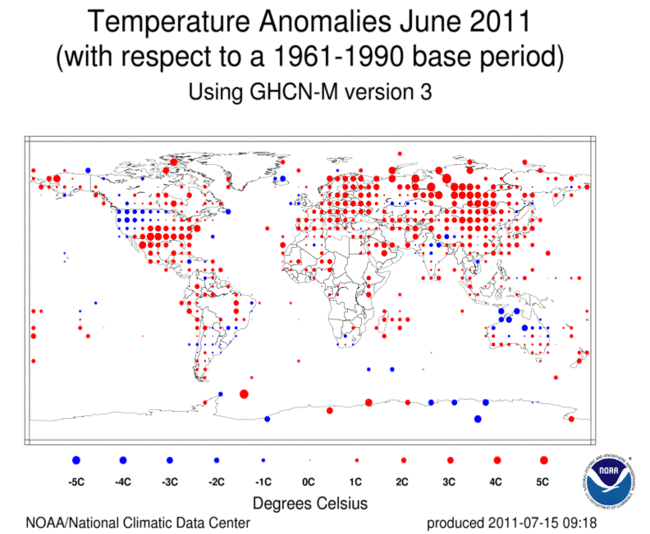Fueled by warming global temperatures, sea level is rising throughout New England. Dukes County, Massachusetts, which is composed of the islands of Martha's Vineyard and Gosnold (South of Cape Cod and West of Nantucket in the map above), could be especially vulnerable to loss of land reclaimed by the sea. How much land is lost, exactly, and damage done will depend on the rate at which the rising occurs and actions taken by policymakers. By looking at data from a couple sources, however, it is possible to begin to understand what elevations of sea level rise could cause damage and which areas could be affected most severely.
First, here are the rates of sea level rise in two locations close to Dukes County- Nantucket and Woods Hole. These NOAA charts show observed trend in sea level during the 20th century:
Both of the charts above show that sea level is indeed rising in the area, but relatively slowly. The Nantucket graph shows a larger increase of 2.95 millimeters a year, but even with this number it would take over 300 years for the sea to rise a full meter. This may seem comforting, but there are still uncertainties within the climate system regarding sea level and recent research has indicated that sea level is rising faster than it has in two thousand years. With factors such as large amounts of ice loss in the polar regions and thermal expansion, this rate could increase.
So, based on elevation data, let's take a look at what hypothetical increases in sea level would mean for The Vineyard and Gosnold:
While a rise of 1 meter would affect only 1% of the total land area of Dukes County, a rise of 5 meters would be disastrous and leave over 20% of the land in the county inundated. As we can see in the map below, there are large areas that would be vulnerable including much of the southern and eastern coasts of Martha's Vineyard.
An interesting and important conclusion from this analysis is the dramatic increase in effected land if sea level rise were to reach 3 meters. The graph below shows a crucial threshold; an increase of 2 meters will only cumulatively affect about 3% of the county, while the amount of new land affected when sea level rises from 2 to 3 meters is 9% (putting the would-be cumulative total at 12% of the total land in the county).
About this Post: This post includes some of the research I have done as a graduate student here at UConn in the Department of Geography. It was performed using ESRI's ArcMap, Microsoft Excel, and elevation data publicly available from MassGIS. I will be presenting this, in addition to other geographic analyses pertaining to storm surge vulnerability and social vulnerability, in a poster session at the 2012 AAG Annual Meeting in New York City this weekend.








